Sake Drops
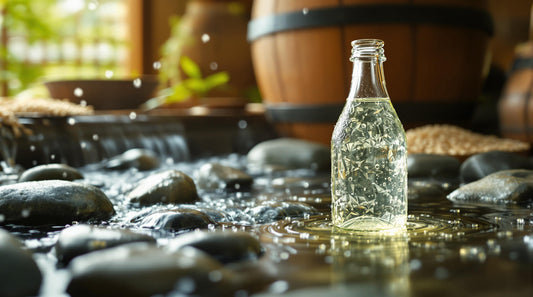
How Water Affects Sake Flavor
Water is the most crucial ingredient in sake, making up 80% of its composition and shaping its flavor. Here's what you need to know: Minerals Matter: Key minerals like potassium,...
How Water Affects Sake Flavor
Water is the most crucial ingredient in sake, making up 80% of its composition and shaping its flavor. Here's what you need to know: Minerals Matter: Key minerals like potassium,...
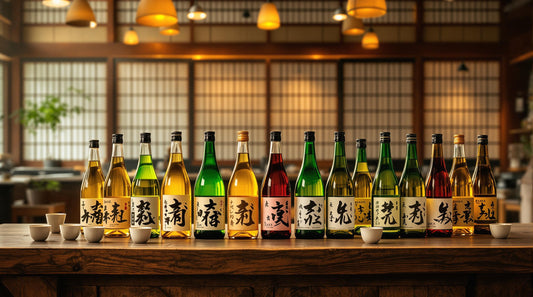
How to Plan an Osaka Sake Tasting Trip
Osaka is a must-visit for sake lovers, blending centuries-old brewing traditions with modern experiences. Here's what you need to know to plan your trip: Top Breweries: Visit Akishika for bold,...
How to Plan an Osaka Sake Tasting Trip
Osaka is a must-visit for sake lovers, blending centuries-old brewing traditions with modern experiences. Here's what you need to know to plan your trip: Top Breweries: Visit Akishika for bold,...
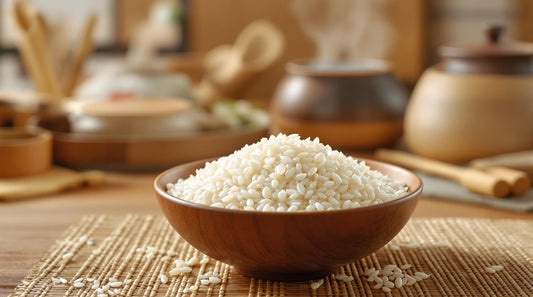
Koshi Tanrei Rice: Brewing Properties
Koshi Tanrei rice is a game-changer for premium sake brewing, especially in Niigata Prefecture. Officially introduced in 2004, it’s a hybrid of Yamada Nishiki and Gohyakumangoku rice, designed specifically for...
Koshi Tanrei Rice: Brewing Properties
Koshi Tanrei rice is a game-changer for premium sake brewing, especially in Niigata Prefecture. Officially introduced in 2004, it’s a hybrid of Yamada Nishiki and Gohyakumangoku rice, designed specifically for...
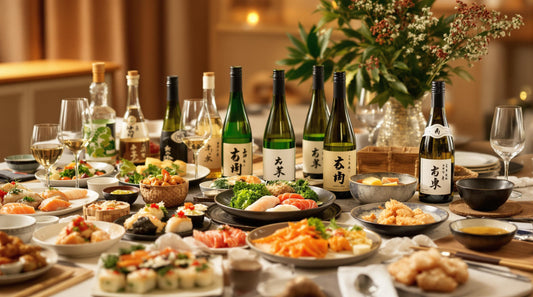
Common Sake Pairing Mistakes to Avoid
Sake pairing can elevate your meal, but common mistakes can ruin the experience. Here's what to avoid and how to get it right: Key Mistakes to Avoid: Wrong Serving Temperature:...
Common Sake Pairing Mistakes to Avoid
Sake pairing can elevate your meal, but common mistakes can ruin the experience. Here's what to avoid and how to get it right: Key Mistakes to Avoid: Wrong Serving Temperature:...
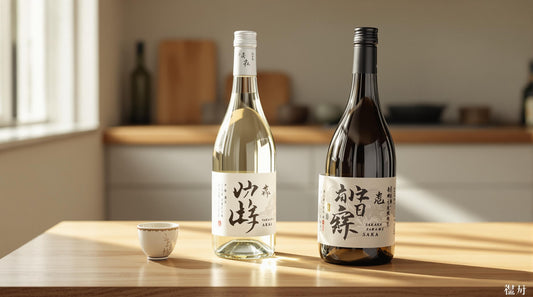
How Long Does Sake Last Unopened?
Unopened sake is best enjoyed fresh, typically within 12 months of bottling. However, its shelf life depends on the type and storage conditions. Here's a quick breakdown: Pasteurized Sake: Lasts...
How Long Does Sake Last Unopened?
Unopened sake is best enjoyed fresh, typically within 12 months of bottling. However, its shelf life depends on the type and storage conditions. Here's a quick breakdown: Pasteurized Sake: Lasts...
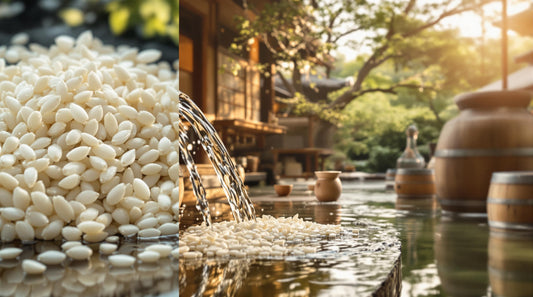
5 Elements That Shape Sake Flavor Complexity
Sake's flavor comes from five key elements: rice, water, yeast, brewing methods, and aging. Here's what you need to know: Rice: Special varieties like Yamada Nishiki and polishing levels (e.g.,...
5 Elements That Shape Sake Flavor Complexity
Sake's flavor comes from five key elements: rice, water, yeast, brewing methods, and aging. Here's what you need to know: Rice: Special varieties like Yamada Nishiki and polishing levels (e.g.,...
